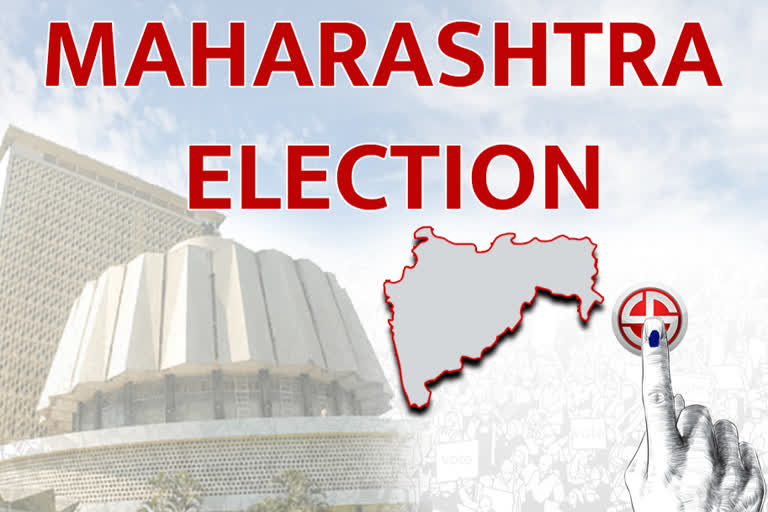Hyderabad:Even as the filing of nominations in Maharashtra is over, a lot of confusion is prevailing, thanks to large cross-overs and rebellions in all the parties, as to who is fighting against whom. Most of the aspirants in both Shiv Sena and BJP wanted their parties to fight separately as like 2014 so that they could get the tickets. But after being “disappointed” by their leaders on this count, lot many have filed the nominations as independents.
According to one estimate, at least 30 per cent of them, if not more, are likely to remain in the fray. If this happens, then an election, which until the other day was appearing to be a straight fight between BJP-Sena and Congress-NCP, may turn into a multi-corner contest. Of course, we may have to wait till the evening of Monday, 7th October, the last day of withdrawal, to get a clearer picture.
Meanwhile, the political churning which happened in the past eight to ten months has raised many questions whose answers are not easy to come by. Ahead of the 2019 Lok Sabha elections, BJP had opened its doors for everyone from all the parties in all the states. After the historic win of Narendra Modi in Delhi, some observers expected the party to put a brake on this “ incoming”, as they felt it did not need such “aayarams” any more. Instead, BJP was found pressing the accelerator even further.
Mega Bharati
Since the Lok Sabha elections, BJP organised four major public functions in four months to welcome the leaders from other parties in Maharashtra. They were dubbed as Mega Bharatis ( if translated literally it means Recruitment on Mass Scale) by the Marathi media. Surprisingly even a few BJP leaders were seen using this term, which in a way is a kind of derogatory. In these four Maha Bharati functions, which happened in the presence of chief minister Devendra Fadnavis, the party welcomed about 20 to 30 big leaders, mostly from Congress and NCP.
Now it transpires that about 30 leaders who joined BJP through these Bharatis, or earlier (or who have their origins in Congress and NCP), have been given the assembly tickets. Given the fact that the party is contesting about 150 seats, 20 per cent seats have gone to such Aayarams. It could as well be construed that these people joined the party with a precondition that they will be given the ticket and BJP had to accede to their demand. This, in turn, has deprived, 30 BJP loyalists or original BJPites, of tickets.
Why has BJP done this and What are its likely consequences?
Various political observers offer two distinct sets of answers to these questions. According to the first view, BJP has done it deliberately, with an intent. The party is fully confident of its strength and wants to utilise its current popularity to dismember the Opposition completely. With Modi-wave still going strong, BJP would have perhaps got a simple majority on its own. But that would have left the Opposition's chances of revival intact. This, they did not want to happen.
For instance, in Ahmednagar district, which was till now a stronghold of Congress, it weaned away seven Congress and NCP heavyweights, including the then Leader of Opposition in Vidhan Sabha (Radhakrishna Vikhe-Patil) and two former NCP state presidents (Madhukar Pichad and Babanrao Pachpute) to its fold. In all likelihood, BJP is going to win all the seven seats they have given tickets to.
Similarly, in districts like Pune, Sangli, Dhule, Nandurbar, Nashik and Navi Mumbai they have strategically chosen to import and give tickets to such personalities, who will increase the BJP's footprint in different sections of society. For example, the entry of Udayanraje Bhosale, who is descendant of Shivaji Maharaj, would bring a large chunk of Maratha supporters to BJP's fold. Traditionally this has remained an NCP's support base.
